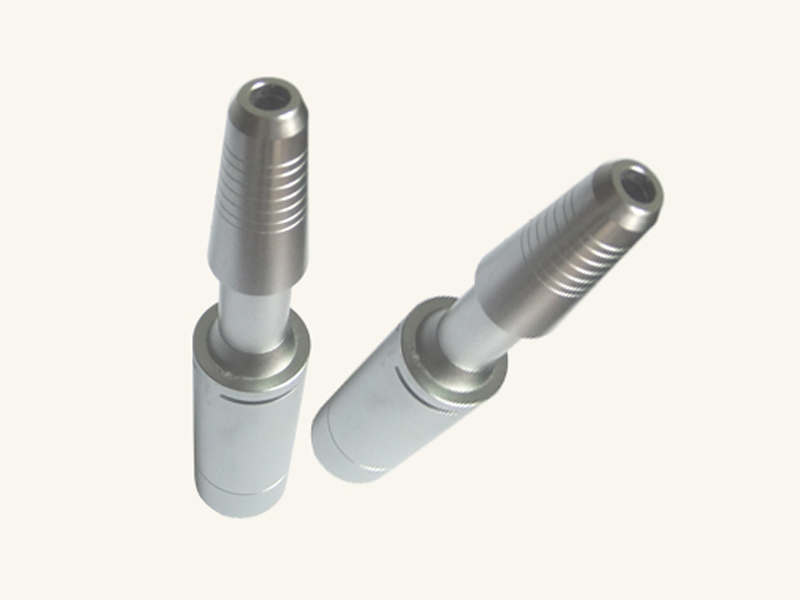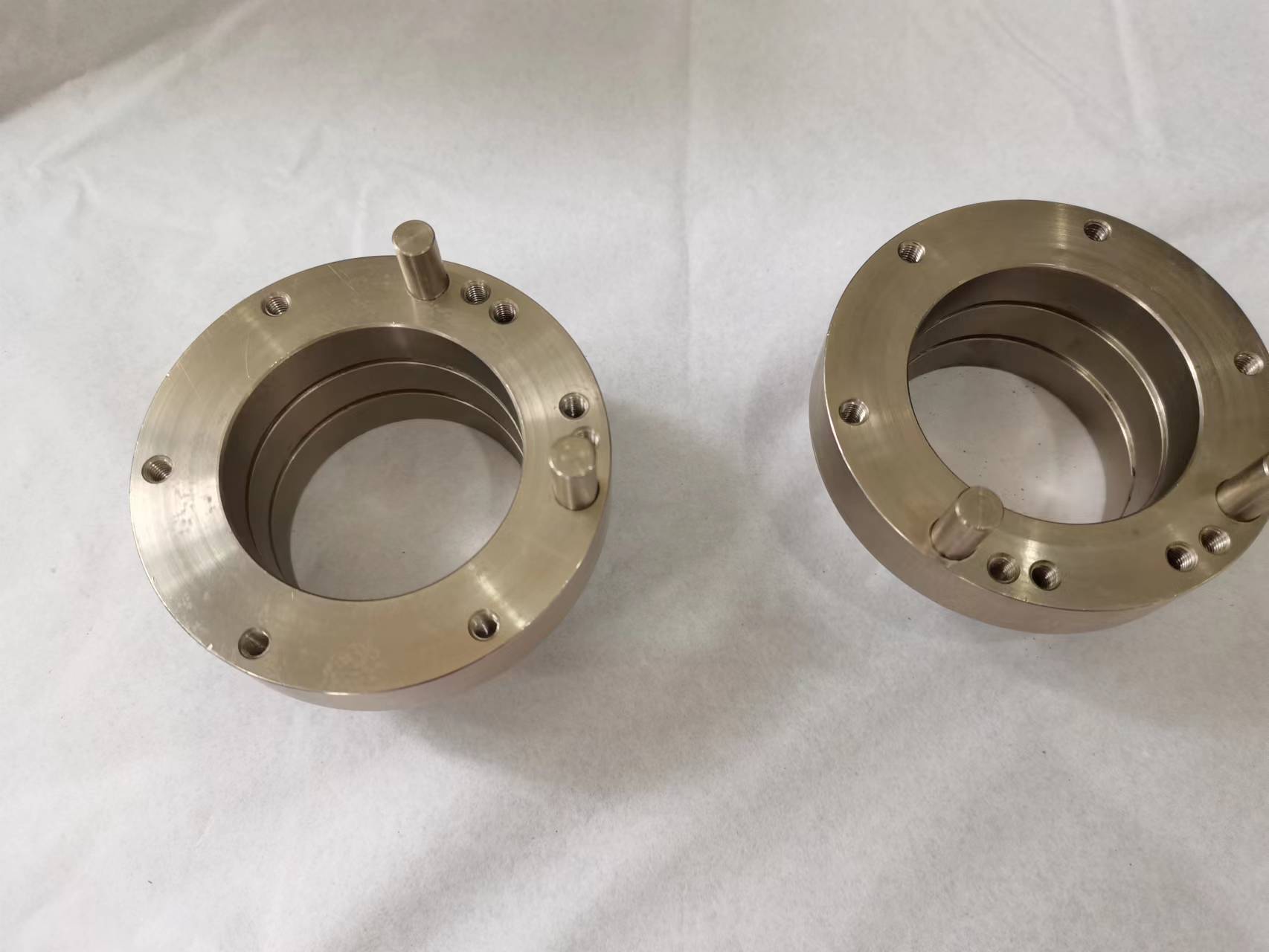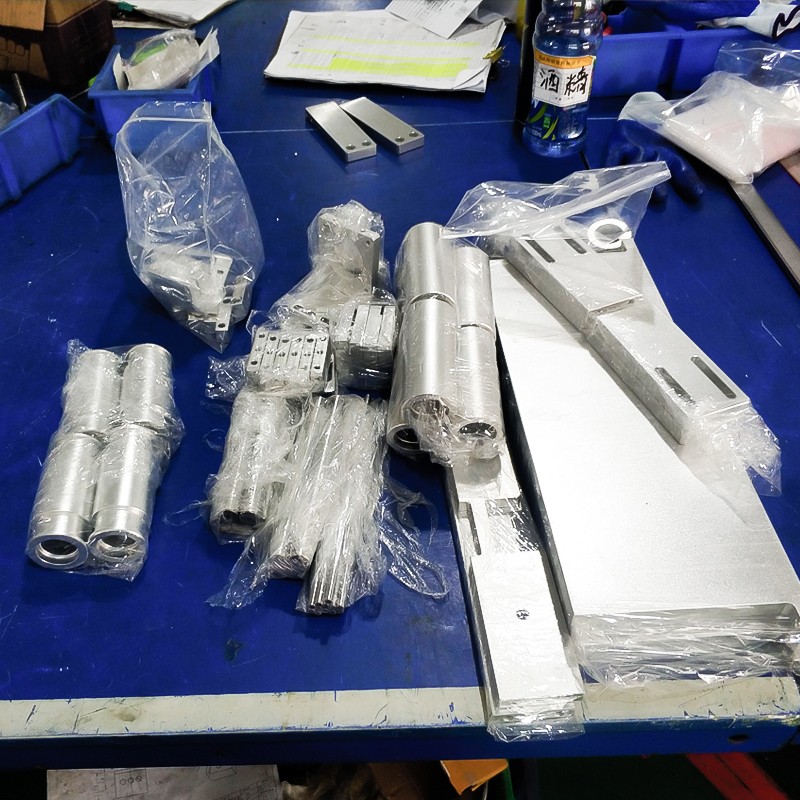In Metal Stamping processing, the requirements for drilling accuracy are very high. Controlling the drilling accuracy can help improve the quality of the die and punch out better quality metal stamping parts. To control the accuracy, it is necessary to ensure the accuracy of scribing, punching and drilling.
1. Control of bottom hole accuracy
First, control the line drawing accuracy. To check the sharpness of high-scale stitches, draw lines at one time, with thin and deep lines.
Then, control the accuracy of the die processing punching. In the process of proofing and punching, move the sample along the cross center of the drawing groove. When it dries to the top of the sample, there is a feeling of depression, indicating that the sample is in the cross center. At this moment, the sample must be straight. The operator should tap the sample before punching. After punching, check whether the orientation is accurate. If it is not accurate enough, you need to readjust the parameters and punching things.  Finally, control the accuracy of drilling. First use the drill bit to drill a shallow pit in the marking orientation of the hardware stamping die to measure whether the drilling orientation and quality are qualified. If it is not qualified, repeatedly adjust it until it meets the requirements. Pay attention to the drill bit with a longer horizontal edge, which can easily lead to a high drilling center. This situation advocates selecting a drill bit with almost no horizontal edge when satisfied with the drilling requirements.
Finally, control the accuracy of drilling. First use the drill bit to drill a shallow pit in the marking orientation of the hardware stamping die to measure whether the drilling orientation and quality are qualified. If it is not qualified, repeatedly adjust it until it meets the requirements. Pay attention to the drill bit with a longer horizontal edge, which can easily lead to a high drilling center. This situation advocates selecting a drill bit with almost no horizontal edge when satisfied with the drilling requirements.
2. Control of reaming accuracy
The above-mentioned control of the low hole accuracy of the mold is to lay the foundation for reaming, and it is particularly important to choose reasonable measures to control the reaming accuracy of the mold.
First, the reaming drill bit should be ground down to enhance its automatic centering effect, and the reaming accuracy and cutting force should be continuously reduced. Secondly, the drilling equipment should be adjusted to allow the drill bit to gradually approach the bottom hole port that has been drilled, and fine-tuned to completely eliminate the bottom hole. Finally, the drill press switch is turned on to perform die drilling.
This article is from EMAR Mold Co., Ltd. For more EMAR related information, please click: www.sjt-ic.com,


 Spanish
Spanish Arabic
Arabic Spanish Basque
Spanish Basque Portuguese
Portuguese Belarusian
Belarusian Japanese
Japanese Russian
Russian Icelandic
Icelandic Bulgarian
Bulgarian Azerbaijani
Azerbaijani Estonian
Estonian Irish
Irish Polish
Polish Persian
Persian Boolean
Boolean Danish
Danish German
German French
French Filipino
Filipino Finnish
Finnish Korean
Korean Dutch
Dutch Galician
Galician Catalan
Catalan Czech
Czech Croatian
Croatian Latin
Latin Latvian
Latvian Romanian
Romanian Maltese
Maltese Malay
Malay Macedonian
Macedonian Norwegian
Norwegian Swedish
Swedish Serbian
Serbian Slovak
Slovak Slovenian
Slovenian Swahili
Swahili Thai
Thai Turkish
Turkish Welsh
Welsh Urdu
Urdu Ukrainian
Ukrainian Greek
Greek Hungarian
Hungarian Italian
Italian Yiddish
Yiddish Indonesian
Indonesian Vietnamese
Vietnamese 简体中文
简体中文 Haitian Creole
Haitian Creole







